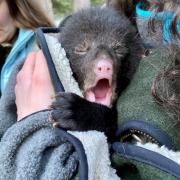
Boasting Maine’s Black Bears
Many don’t realize it, but at some point or another, you’ve likely been in the presence of a bear in the Maine woods. Here are some facts about our state’s bears!
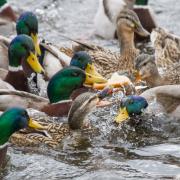
Skip the bread. Just watch instead!
Malnutrition, disease, habitat degradation, and habituation are serious consequences of feeding ducks and geese.
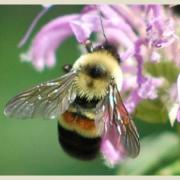
BEE on the Lookout for the Rusty Patched Bumble Bee
Maine Department of Inland Fisheries and Wildlife is looking for the federally Endangered Rusty Patched Bumble Bee and we need more eyes!
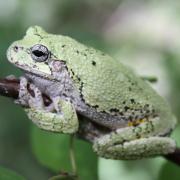
Mapping Maine’s Salamanders, Frogs, Turtles, and Snakes
Maine’s wildlife biologists rely on community members to share their observations, including you!
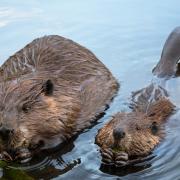
Happy Mother’s Day!
It only takes a quick look into the animal kingdom to see that motherhood comes in many forms.
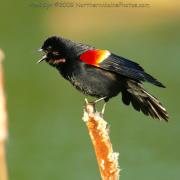
Maine Bird Atlas Final Season
The Maine Bird Atlas is in the home stretch but there is a lot of work to be done in the final season! We’ll get there, block by block, but we need your help. This 5-year statewide project will guide Maine’s future bird conservation efforts, and every submission helps!
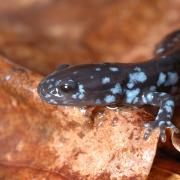
Why did the Amphibian Cross the Road?
The short answer is, to get to the vernal pool! Of course, there’s more to it than that, so here’s a bit more about vernal pools and why many amphibians are now on the move.
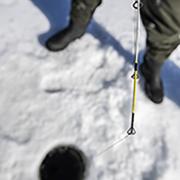
Tips from the Deputy Commissioner on Fishing with Dead Baitfish
Whether you’re new to winter angling or a seasoned pro, we have some tips for you!
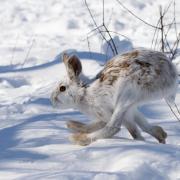
Signs of Spring
In Maine, March is the perfect time to start taking a moment here and there to notice the changing wildlife sights, sounds, and smells around you.
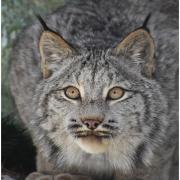
Lessons from a Lynx
Often referred to as the “Gray Ghost of the North,” due to its perceived elusiveness, the Canada lynx is more fittingly described as calm, aloof, and surprisingly tolerant of human presence. Their long legs and thick-furred paws act like snowshoes to hunt in deep snow and their eyes have mirror-like cells allowing an increase of light available for the lynx to see at night. In addition to these adaptations, the lynx has a keen sense of hearing and smell, making them exceptional predators and equipped at living in deep snow environments.
Keep In Touch!
Enter your email or mobile number to receive the latest news from MDIFW.